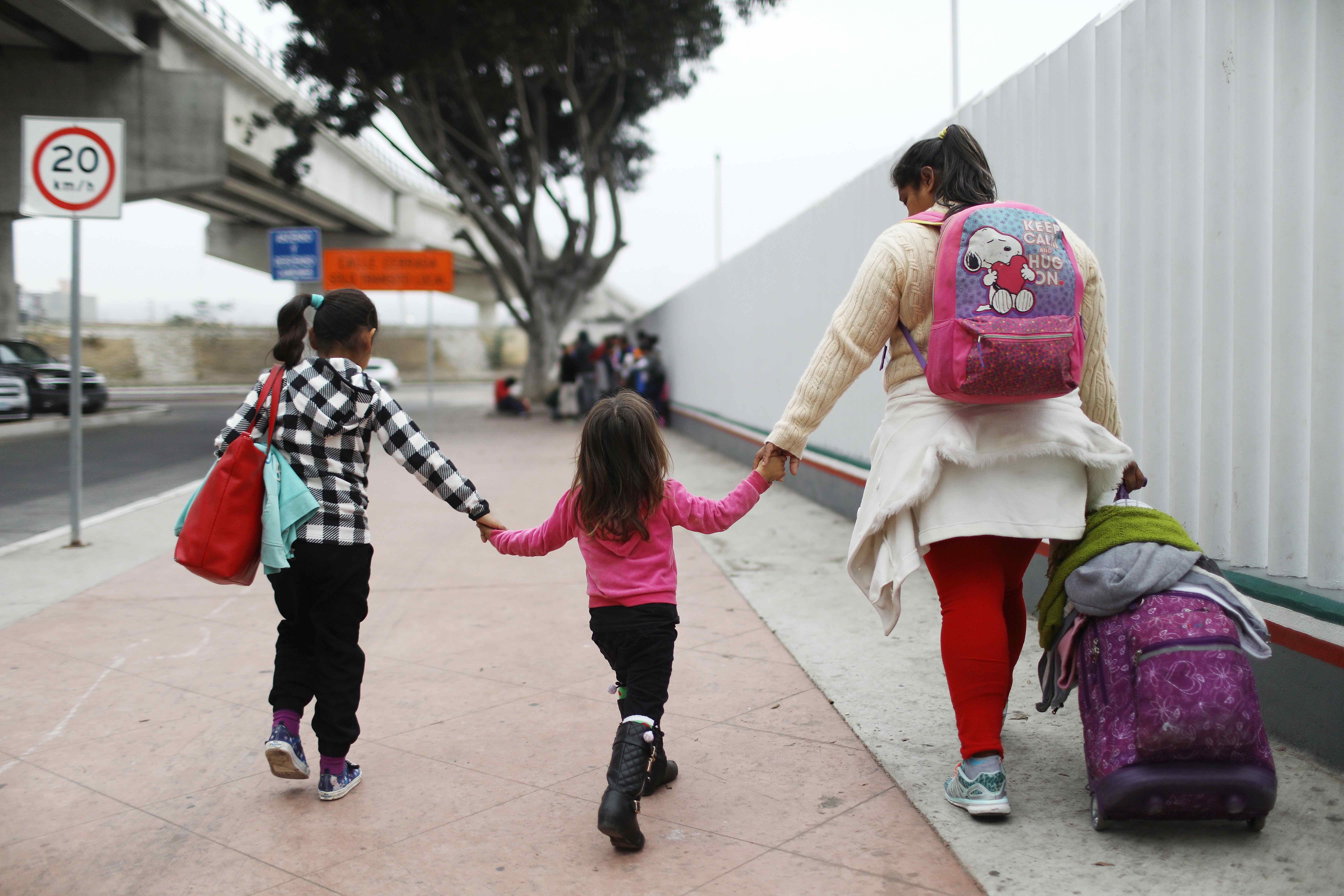
Health & Medicine
The isolation of domestic violence

Almost half of all women in Mexico experience domestic abuse and the global COVID-19 pandemic has made the situation even worse
Published 21 August 2020
Measures put in place to control COVID-19 have impacted the wellbeing of millions of people worldwide to such an extent that some experts question whether the harm caused will persist long after the pandemic has eased.
One negative repercussion of this isolation period has been the “horrifying global surge in domestic violence,” as stated by the UN Secretary-General, António Guterres in early 2020.

This phenomenon has been more marked in regions where domestic violence rates were already high, like Latin America which is sadly home to 14 out of the 25 countries with the world’s highest rates of femicide, that is, the murder of women.
This is a critical situation that needs urgent attention, but it has been pushed into the background as countries instead focus on the economic pressures created by COVID-19.
Domestic violence occurs in the home and can include sexual, physical and psychological abuse.

Health & Medicine
The isolation of domestic violence
Even before the COVID crisis, domestic violence and violence against women had been identified as a public health crisis in Mexico.
Each day, 10 women lose their lives in Mexico because of their gender.
Home is where women experience the most violence. Statistics indicate that 47 per cent of Mexican women experience some type of domestic abuse and they are the victims in 96 per cent of all domestic abuse cases.
It is estimated that two-thirds of Mexican women aged 15 and older have experienced some sort of violence during their lifetime, with 43.9 per cent of women experiencing violence by their partner.
Although domestic violence is a criminal offence, there are very few mechanisms to detect it and there are even fewer ways of taking concrete actions to eliminate it.

This situation is particularly alarming at a time when millions of Mexican women are forced to stay home with the perpetrators of domestic violence due to pandemic lockdowns.
The main indicators of domestic violence in the country are the number of reports filed in the Justice Centers for Women (CJM), and through calls to specialised emergency numbers. But of the 32 states that make up the Mexican Republic; five states, which cover 19 per cent of the total population, don’t even have CJMs.

Health & Medicine
Domestic violence, isolation and COVID-19
Meanwhile, during March and April 2020, in Mexico City the emergency hotline for women received over 300 per cent more calls than in March and April of the previous year.
It is worth mentioning that the complaints presented in the CJM and hotlines do not represent the actual number of cases.
Many cases go unreported because women choose not to report for fear of reprisals and because several municipalities actually have no dedicated channels available for reporting domestic abuse.
In fact, it is estimated that only one in five cases are reported to the authorities. To worsen the situation, since the stay-at-home order came into force, the CJMs have reduced their services due to a temporary suspension of work.
But while the numbers in Mexico are particularly distressing, this is a global problem.

Data from a survey of 15,000 Australian women by the Australian Institute of Criminology shows that domestic violence here has increased substantially since the pandemic began, too, with one in 10 Australian women in a relationship experiencing some kind of physical or emotional abuse during COVID-19.
In the US, out of the 22 law enforcement agencies across the country, 18 reported a rise in domestic abuse calls since the lockdown period began. The numbers in the U.S. vary from state to state, ranging from a six per cent increase in calls in Phoenix to a 55 per cent increase in Tennessee.

Health & Medicine
What is COVID-19 doing to our mental health?
However, in both countries the spike in numbers has been less dramatic than in Mexico and also come from a much lower baseline.
Despite the efforts of civil society organisations to highlight the issue, the President of Mexico, Andres Manuel Lopez Obrador, declared in May that 90 per cent of calls to the domestic violence emergency lines during the pandemic had been false.
In addition to this campaign to delegitimise the victims, beginning in April the federal government announced that it would cut the budget for the National Shelter Network, a service mainly used by women who suffer domestic violence.
Currently, these shelters are at 80 per cent of their capacity.
Mexico is now infected by two serious diseases, COVID-19 and gender violence, and both need to be managed and treated.
The danger is that, as well as the dire economic and general health impacts, COVID-19 will create social damage that will last even longer than the pandemic itself.
Banner: Getty Images